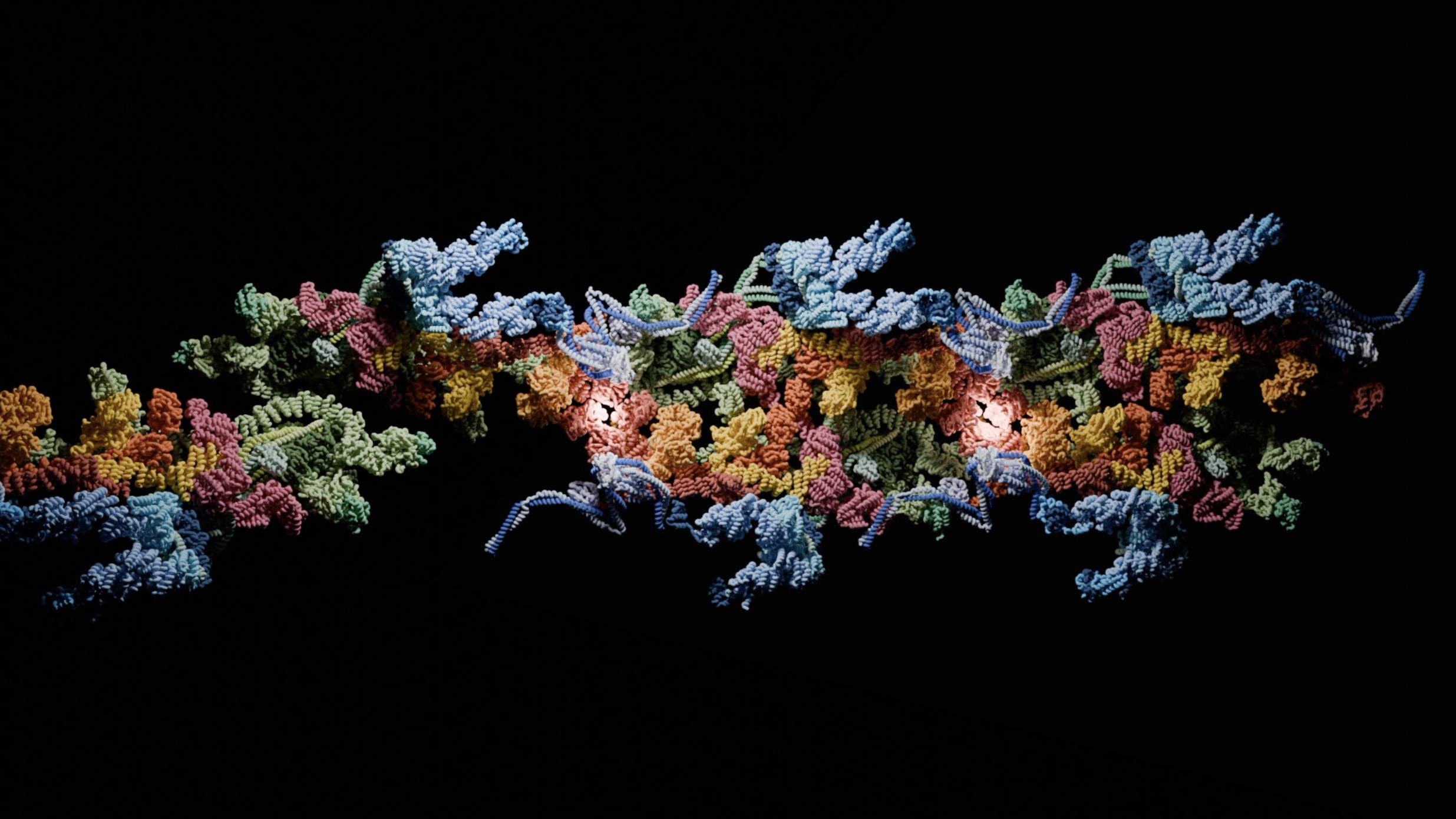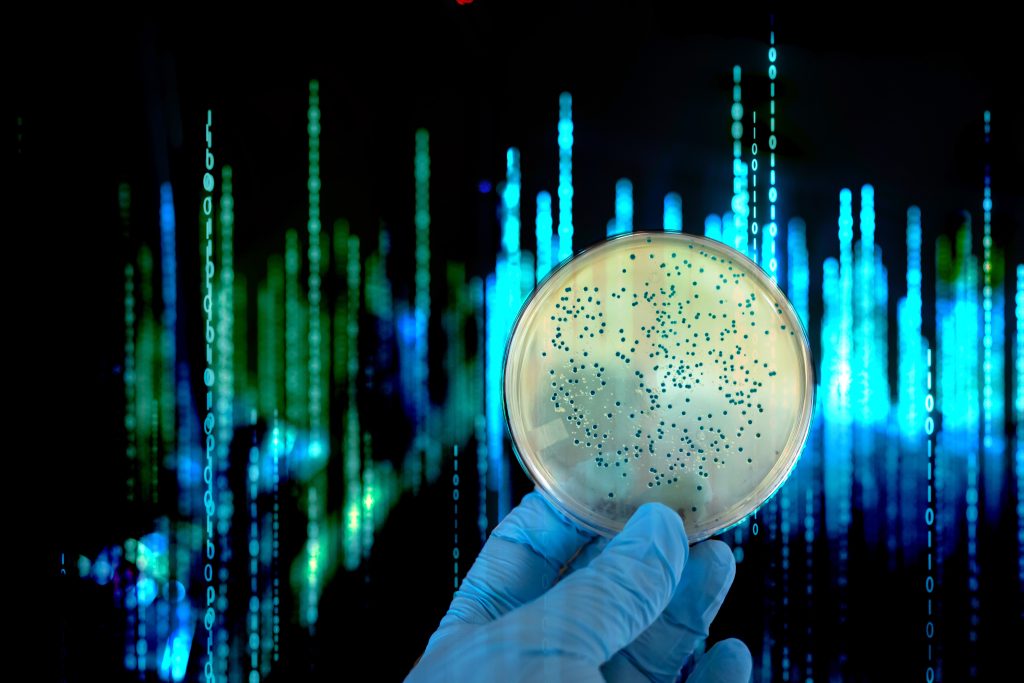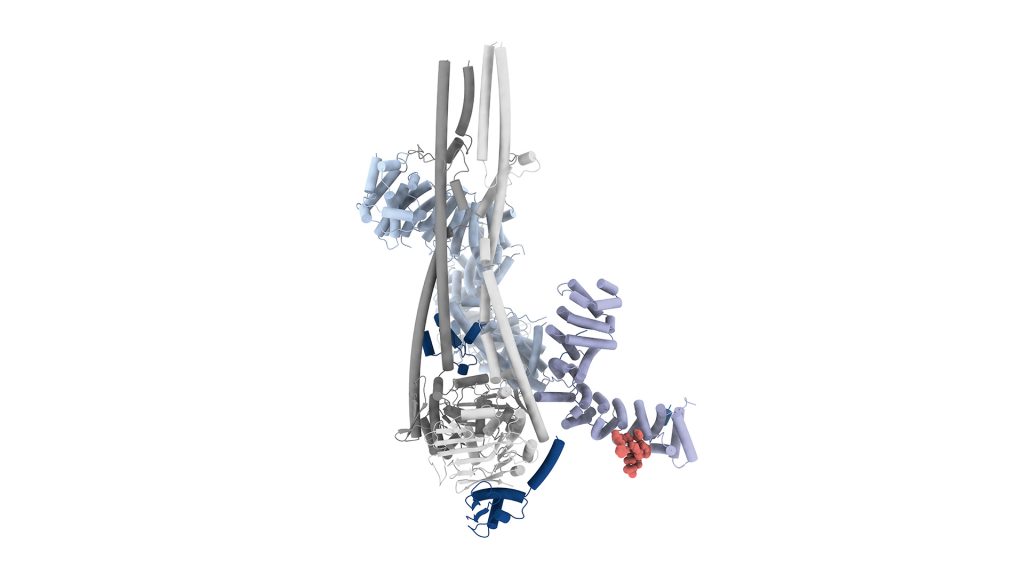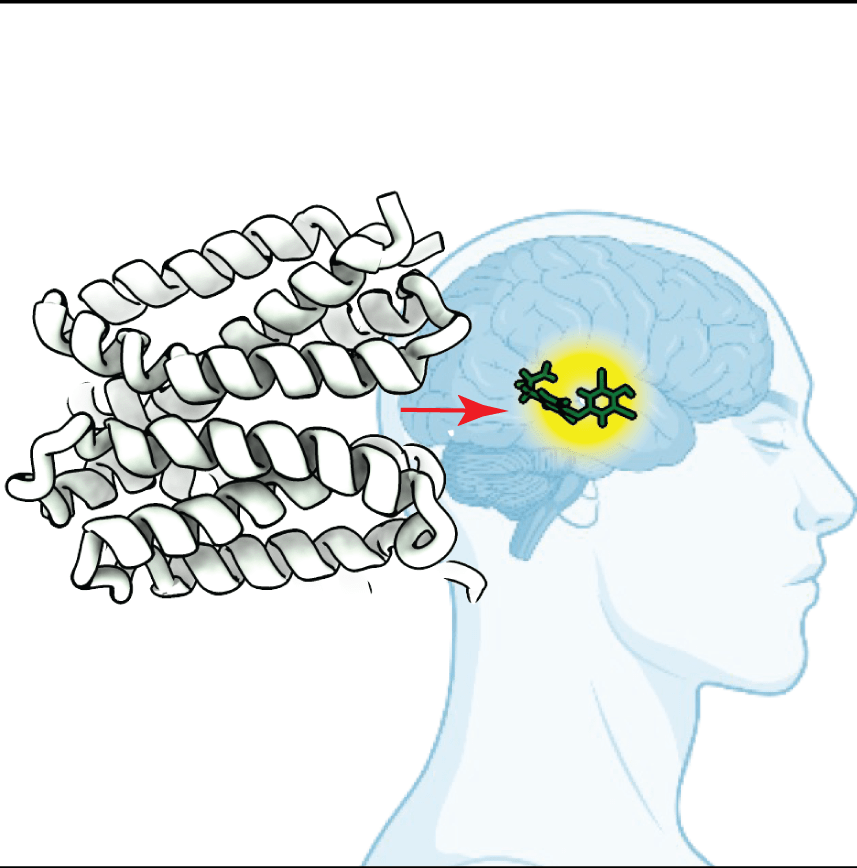Mechanism of ciliary train switch and cargo recognition

A study by the Pigino Group at Human Technopole reveals that the conversion from anterograde to retrograde intraflagellar transport requires the complete disassembly of anterograde trains at the ciliary tip and provides the mechanisms for direction-specific cargo binding and transport in cilia. The findings are published in Cell.
Cilia are specialised cell protrusions regulating cell motility and signalling. The ciliary compartment is delimited by the transition zone that separates the cilium milieu from the cell cytoplasm and acts as a selective barrier regulating the composition of the cilium proteome. Cilia are organised around a microtubule scaffold that works as a railway station platform to allow ordered bidirectional cargo transport in and out of the cilium. Microtubule motors and intraflagellar transport protein complexes (IFTA and IFTB) form intraflagellar transport (IFT) trains that run on microtubules to transport cargoes across the cilium. Mutations in the components of the IFT trains can lead to a broad spectrum of human diseases named ciliopathies.
IFTA and IFTB polymers assemble with Kynesin-2 motors at the bottom of the cilium to move cargoes towards the tip of the cilium, the so-called anterograde IFT trains. Once anterograde IFT trains reach the ciliary tip, they undergo remodelling and associate with Dynein-2 motors to move cargoes from the tip to the bottom of the cilium (retrograde trains).
How does the remodelling of the IFT trains occur at the ciliary tip? How do anterograde and retrograde trains bind distinct cargo and motor proteins? These are unanswered questions in the cilia field.
To address these questions, Gaia Pigino – Associate Head of the Structural Biology Research Centre at Human Technopole – and her team used cryo-electron tomography (cryo-ET), in situ crosslinking mass spectrometry, and AlphaFold to obtain a structural model of retrograde IFT trains in green algae Chlamydomonas reinhardtii cilia, a simple model organism widely used to study cilia mobility in eukaryotes.
The researchers found that retrograde IFT trains are highly flexible polymers with IFTA complexes forming a continuous central thread along the retrograde train’s length. In contrast, IFTB complexes are located at the polymeric interfaces. The newly identified architecture of the retrograde IFT trains is dramatically different from that of the anterograde ones, which has been recently solved by the Pigino Lab using in situ cryo-ET 1,2. The comparison between the structures of anterograde and retrograde IFT trains revealed that the assembly of retrograde IFT trains originates from the fundamental rearrangement of the anterograde trains, which includes their complete disassembly at the tip and de novo polymerisation from individual IFT complexes at the tip of the cilium. The newly presented model of retrograde IFT trains was validated by in-situ crosslinking mass-spectrometry (XL-MS) and a computational method such as integrative structural modelling.
Using known cargoes for anterograde and retrograde IFT trains, the researchers found that the conformational changes of IFTA/B complexes at the cilium tip during train remodelling change the surfaces available for cargo binding. This suggests that cargo binding sites available for the movement in one direction are inaccessible in the other, thus providing a mechanism for the unidirectional transport of specific cargoes within the bidirectional IFT system.
In summary, the Pigino Group provided the first cryo-ET structure of the eukaryotic retrograde IFT trains. This led to a molecular understanding of how IFT complexes undergo a regulated cycle of conformational changes within the cilium to direct bidirectional transport. These findings represent major advances in our knowledge of ciliary bidirectional transport that may help identify new treatments for ciliopathies.
- Lacey, S.E., Foster, H.E., and Pigino, G. (2023). The molecular structure of IFT-A and IFT-B in anterograde intraflagellar transport trains. Nat. Struct. Mol. Biol. 30, 584–593.
- Jordan, M.A., Diener, D.R., Stepanek, L., and Pigino, G. (2018). The cryo-EM structure of intraflagellar transport trains reveals how dynein is inactivated to ensure unidirectional anterograde movement in cilia. Nat. Cell Biol. 20, 1250.




